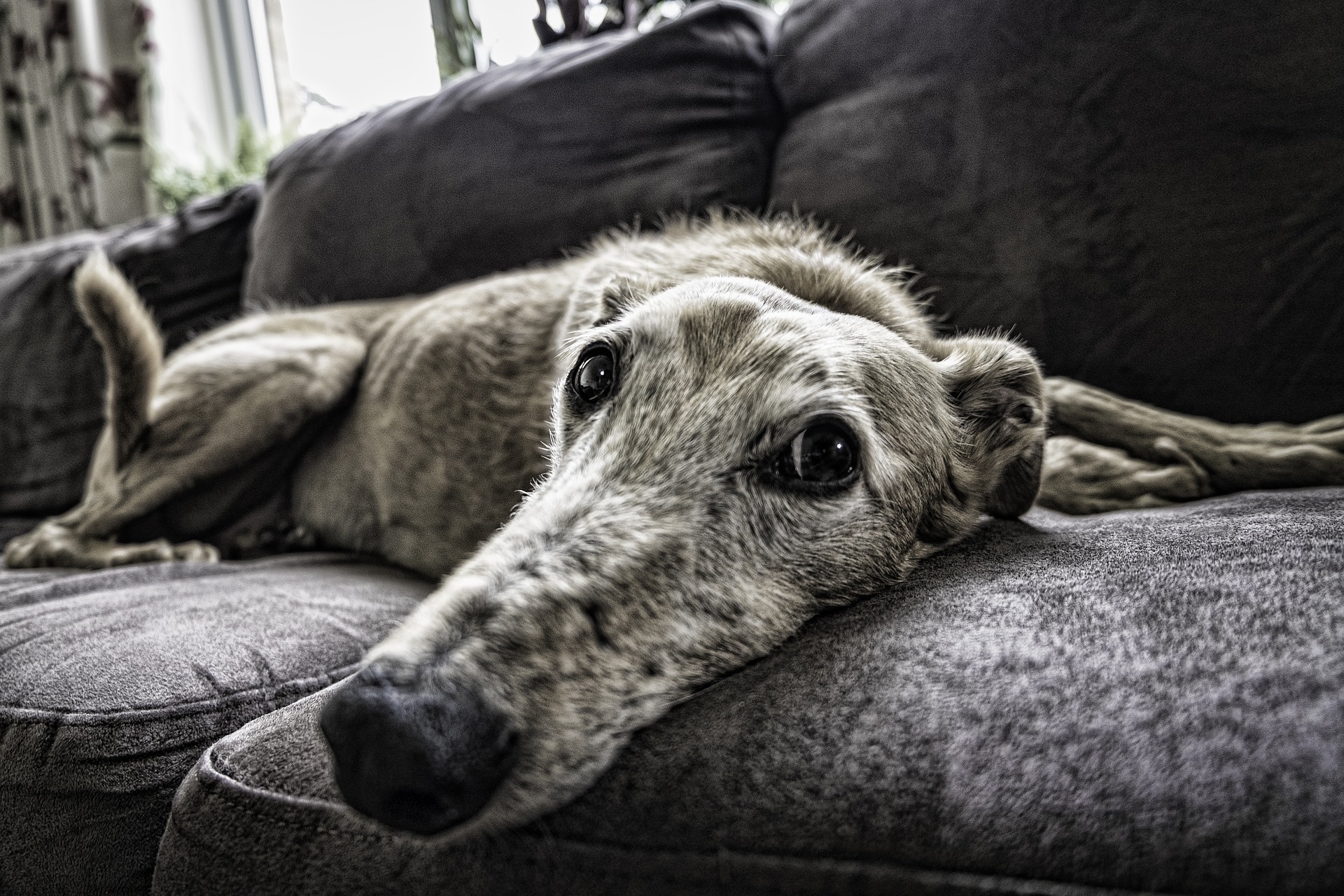With the cold spell that we’re experiencing here in South Florida, it can difficult to be stay warm for four legged friends. When the temperature drops, dogs don’t have the benefit of pulling something out of the closet to wear. Keep in mind that abrupt changes in the weather often leave dogs shivering in shock.
Many dog owners live with the misconception that because their pets have a coat of fur, they can tolerate the cold better than humans. This isn’t necessarily the case. Like us, these fur-coated creatures are used to the warmth of indoor shelter and cold weather can be as hard on them as it is on us humans.
Whatever your viewpoint on winter, one thing remains certain: it’s a time when our beloved pets need a little extra care.
Here’s some things to keep in mind this winter, and some tips on keeping your best friend warm here on the Gulf Coast.
Offer a Sweater
Puppies are less cold tolerant because they have less muscle and fat mass than adults. Muscle and fat increase their metabolism and keeps them warm. Puppy coats won’t be as thick or long to offer protection. Little pups have less body mass to generate natural heat, too, and often benefit from a doggy sweater especially when they must do outdoor bathroom duty.
Go outside when the sun shines
If your dog feels the cold, try to walk her in the late morning or early afternoon hours when temperatures are a little warmer, and avoid early morning or late evening walks.
Spend time playing outdoors while it’s sunny; sunshine brings the added benefit of providing both you and your pet with vitamin D and warmth. Play fetch with toys, not sticks, which can cause choking and other injuries. So, if your dog likes to chew and chase, pack a Frisbee, ball or other safe toy and play together in the sun.
Limit outdoor time in winter
Your dog may love to spend time outdoors but in winter even the furriest dog can get cold. Take your dog out frequently for walks, exercise and play … but when the temperature drops, don’t leave him outdoors for long periods of time.
A good rule is to go out with him and when you’re ready to come in, he probably will be too.
If he’s outside in your yard by himself, check often to make sure he’s not showing signs of feeling cold.

Cozy bedding
In addition to limiting your dog’s time outdoors on cold days, don’t let your pooch sleep on a cold floor in winter. Choosing the right bedding is vital to ensure your dog stays warm. Warm blankets can create a snug environment; raised beds can keep your dog off cold tiles or concrete, and heated pet beds can help keep the stiffness out of aging joints.
Place your dog’s bed in a warm spot away from drafts, cold tile or uncarpeted floors, preferably in a favorite spot where she sleeps every day so that the area doesn’t feel unfamiliar.
Protect your dog from heaters
Dogs will often seek heat during cold winter weather by snuggling too close to heating sources. Avoid space heaters and install baseboard radiator covers to avoid your pet getting burned. Fireplaces also pose a major threat so please make sure you have a pet proof system to keep your heat-seeking pal out of harm’s way!
Grooming your dog
Your dog needs a clean, well-groomed coat to keep her properly insulated. This is especially important if your dog spends a lot of time outdoors. After bathing, dry your dog thoroughly, especially before allowing her outside.
Extra Tip: Arthritis – If your dog is already experiencing symptoms of arthritis, these symptoms can become more apparent in cold weather. Help keep your dog as warm as possible (try heated bedding) and if your vet provided medication, be sure to give it to your dog as instructed.
Is your dog cold?
If it’s too cold for you to stand at the door without your coat, it’s probably too cold for your dog too, so pay attention to her behavior while she’s outdoors.
If you notice your dog whining, shivering or appearing anxious, or she stops playing and seems to be looking for places to burrow, then it’s time to bring her in.
Stay warm out there!




